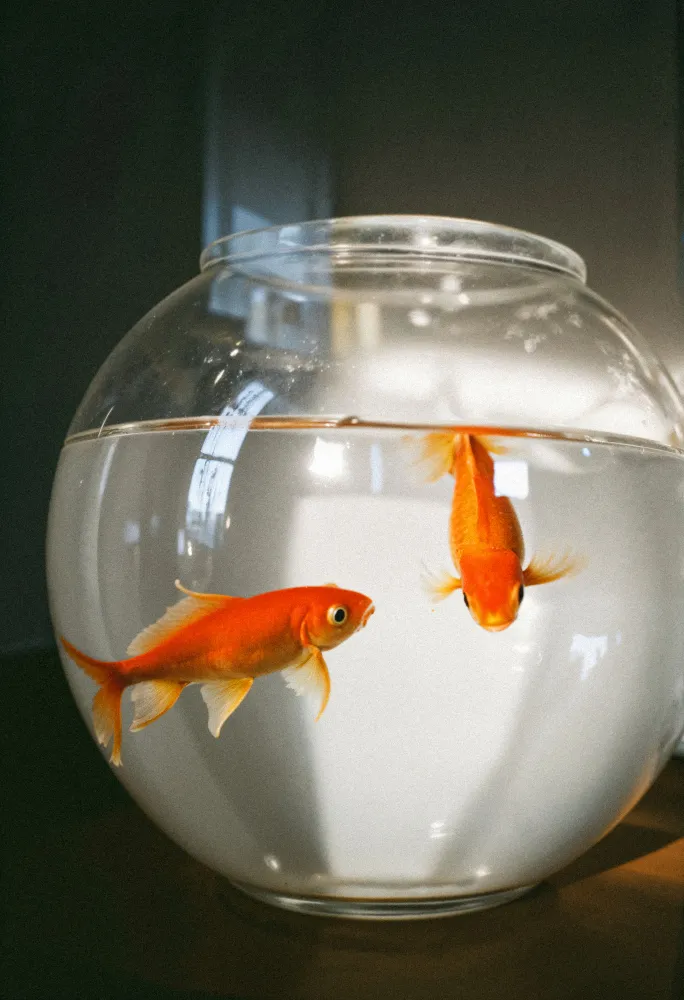Classroom Pets in the Early Childhood Education Classroom
 Introducing a #classroom pet into an #early-childhood-education setting can be an exciting and educational experience for both children and #educators. Pets bring unique opportunities to teach responsibility, #empathy, and curiosity while fostering a sense of connection to the natural world.
Introducing a #classroom pet into an #early-childhood-education setting can be an exciting and educational experience for both children and #educators. Pets bring unique opportunities to teach responsibility, #empathy, and curiosity while fostering a sense of connection to the natural world.
Why Consider a Classroom Pet?
Classroom pets can provide numerous benefits for young learners. They are more than just fun additions; they can #play a key role in creating a dynamic and nurturing learning environment.
Benefits of Classroom Pets
- Fostering Responsibility: Children learn to care for living creatures by feeding, cleaning, and observing the pet’s needs.
- Enhancing Social-Emotional Learning: Interacting with a pet can help children #develop empathy, patience, and compassion.
- Encouraging Curiosity: Pets spark children’s natural curiosity, leading to questions and exploration about biology, ecosystems, and behavior.
- Improving Classroom Morale: A pet can reduce #stress and create a calming atmosphere in the classroom.
Choosing the Right Pet
Not all pets are suitable for the classroom. Factors such as space, maintenance, allergies, and the age group of the children should be considered when selecting a pet.
Ideal Classroom Pets
- Fish: Low-maintenance and calming to watch, fish are ideal for #classrooms with limited space.
- Hamsters or Guinea Pigs: These small mammals are engaging and relatively easy to care for.
- Turtles: Quiet and long-lived, turtles can teach children about reptile care.
- Butterflies or Caterpillars: Observing the life cycle of butterflies is an excellent science lesson.
Setting Up for Success
Bringing a pet into the classroom requires careful planning to ensure a positive experience for both the children and the animal.
Steps to Prepare
- Discuss with Administration and Parents: Get everyone on board before purchasing a class pet. Understand any allergies children may have and use this information to guide your decision making.
- Educate Yourself: Understand the best practices for integrating a pet into your learning environment.
- Create a Care Plan: Develop a schedule for feeding, cleaning, and monitoring the pet’s #health.
- Involve the Children: Assign age-appropriate tasks to the children, fostering a sense of ownership and responsibility.
- Secure Resources: Gather all necessary supplies, such as food, bedding, and an appropriate habitat.
Educational Opportunities with Classroom Pets
Classroom pets can serve as a springboard for various learning activities and discussions. Here are some ways to incorporate pets into your curriculum:
Science and Nature
- Observe and document the pet’s behavior, diet, and interactions.
- Discuss the pet’s natural habitat and role in the ecosystem.
Social-Emotional Learning
- Teach empathy by discussing how the pet relies on humans for care.
- Address feelings of loss or change if the pet’s life cycle comes to an end.
Literacy and Storytelling
- Read #books-about animals and write stories or journals from the perspective of the pet.
- Encourage children to share their own experiences with pets at #home.
Conclusion
Classroom pets can transform #early-childhood education by bringing joy, curiosity, and life lessons into the learning environment. With thoughtful planning and the right resources, introducing a pet can be an enriching experience for both children and educators.
Start your journey with classroom pets by exploring professional training, accessing resources, and connecting with fellow educators on platforms like Pinterest and Facebook. Let’s bring the wonders of the animal kingdom into our classrooms!